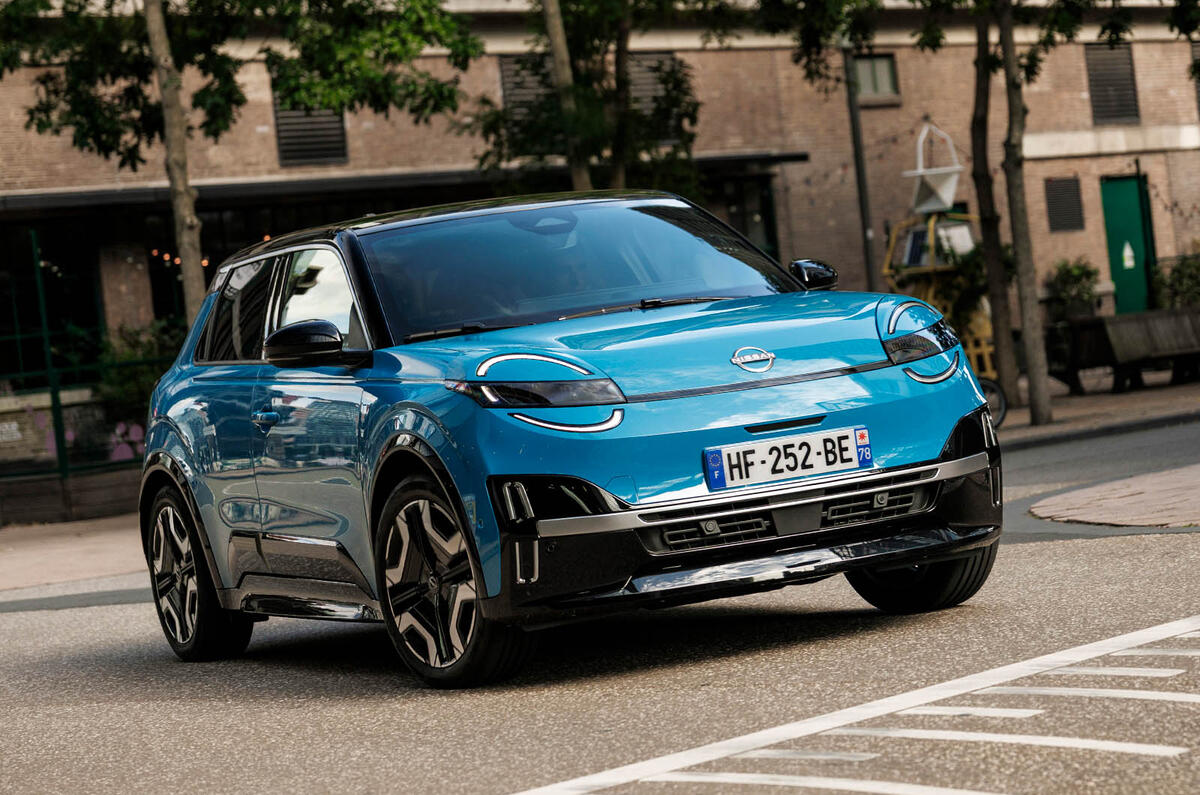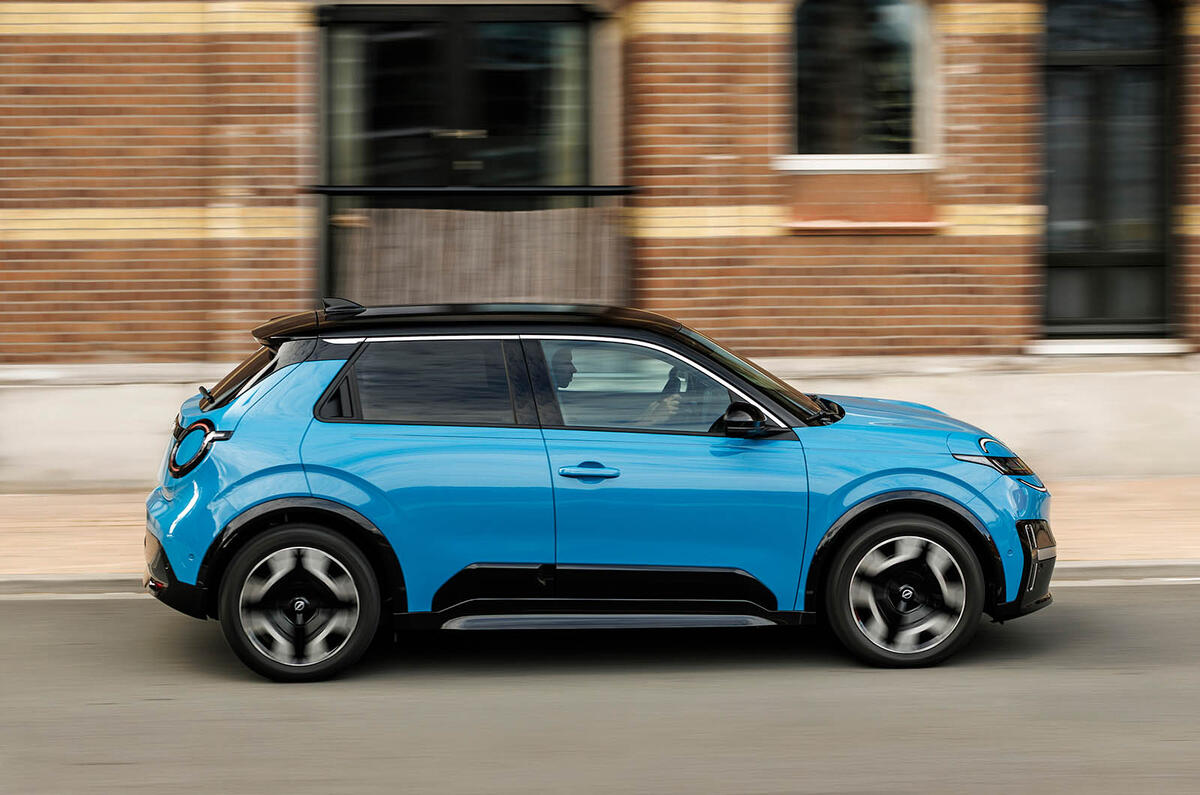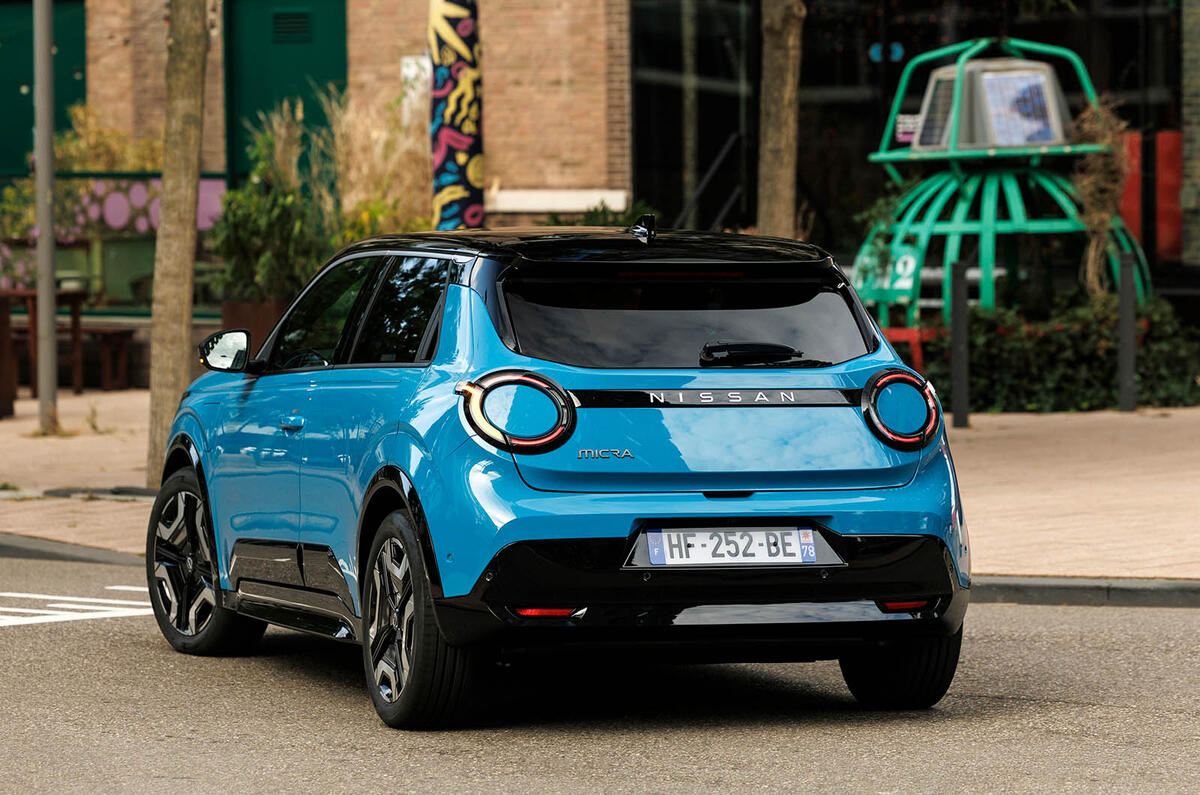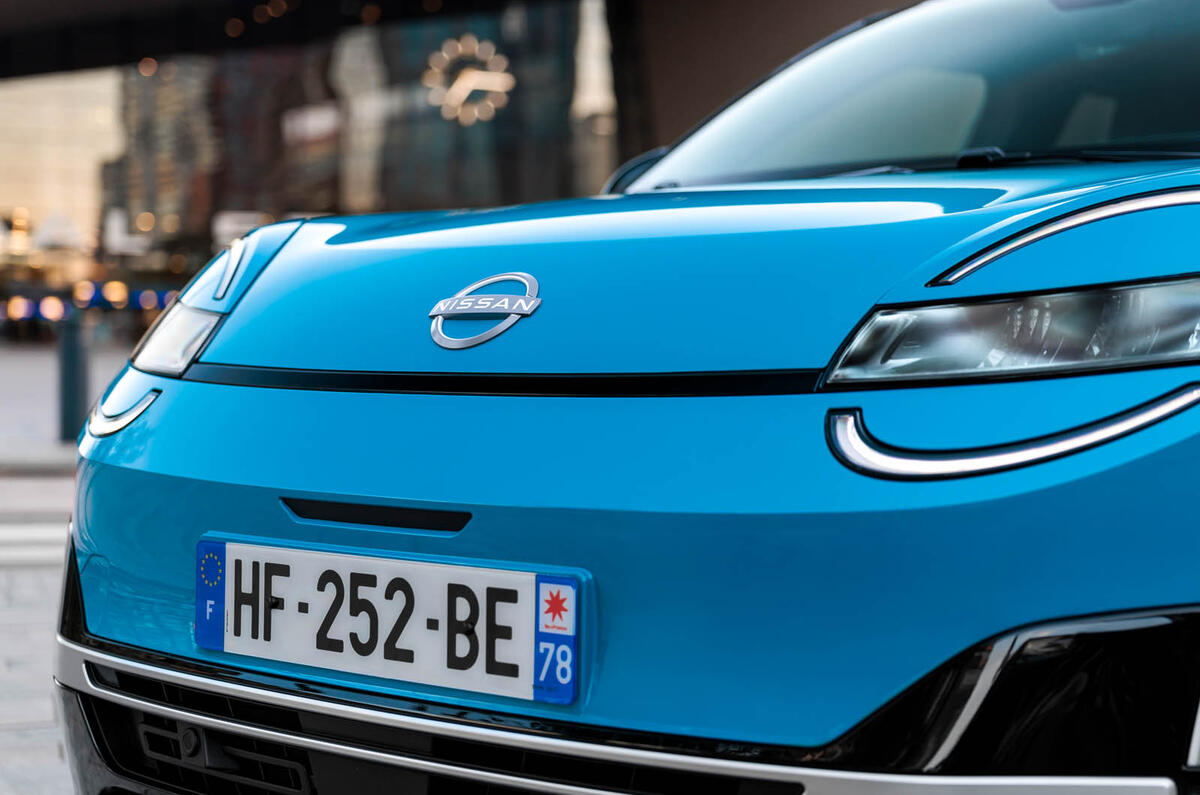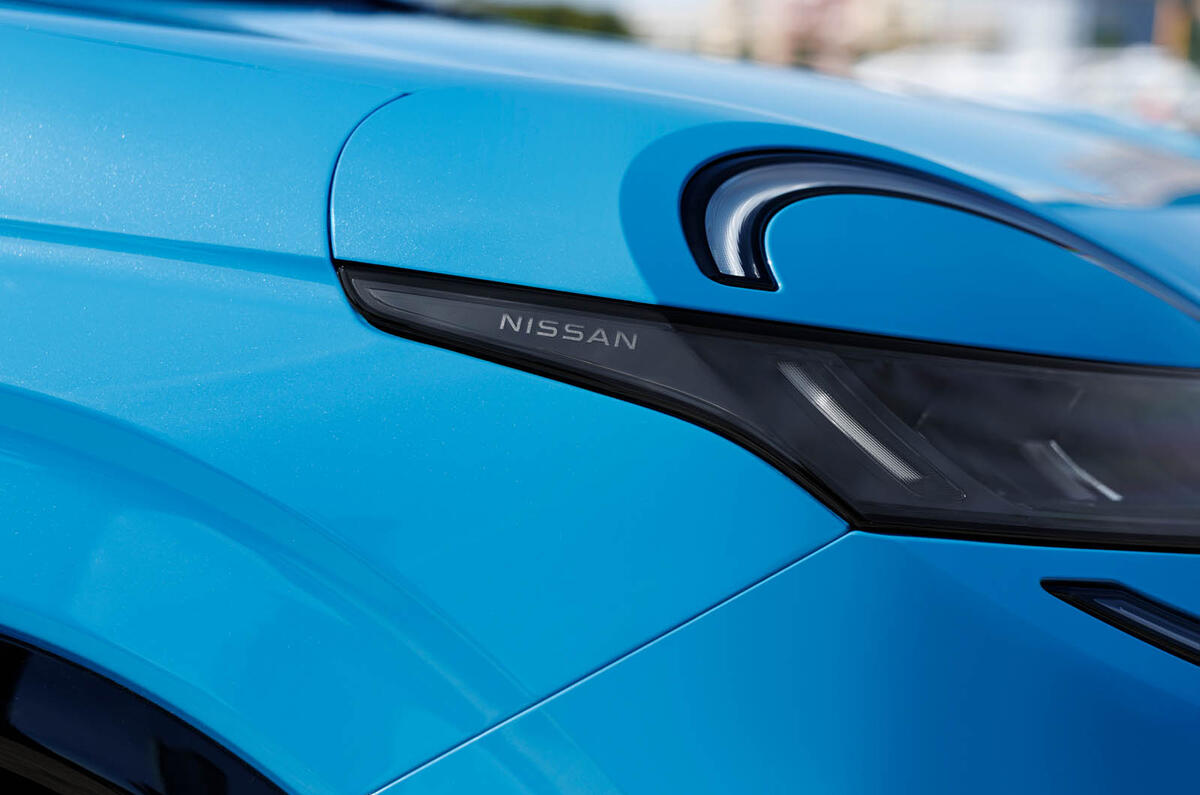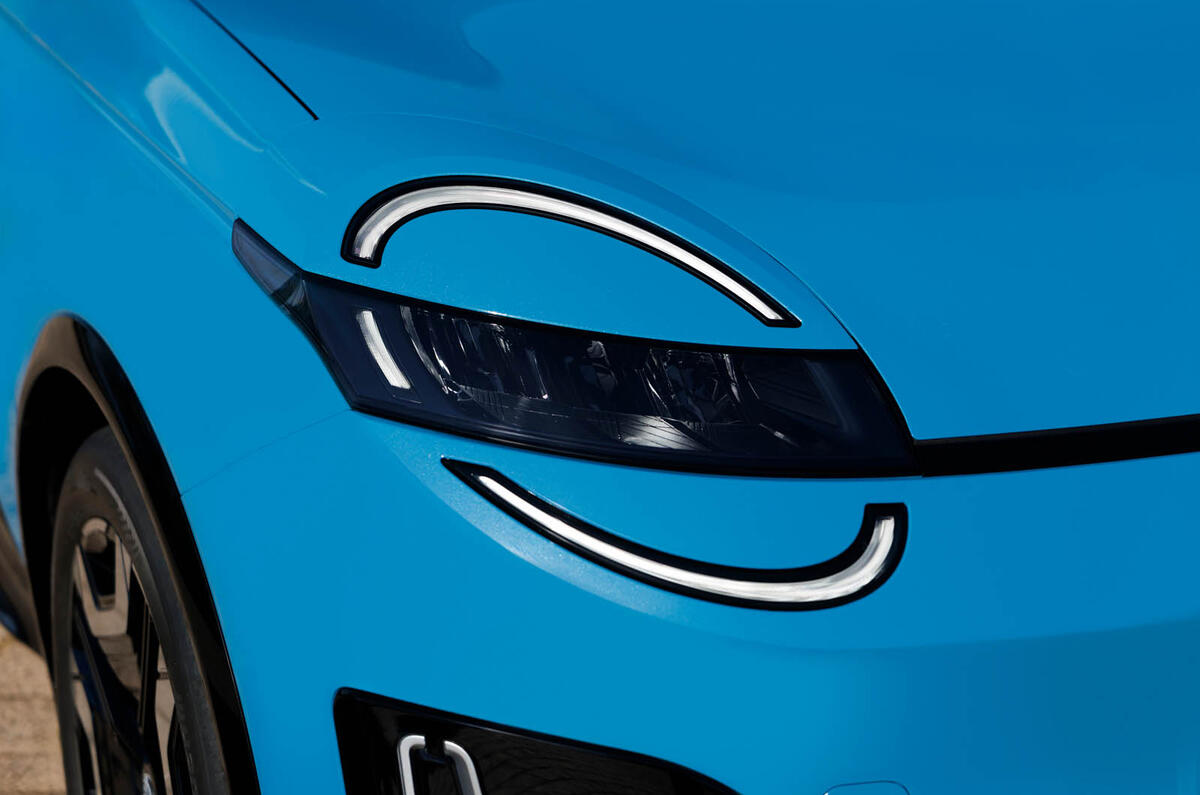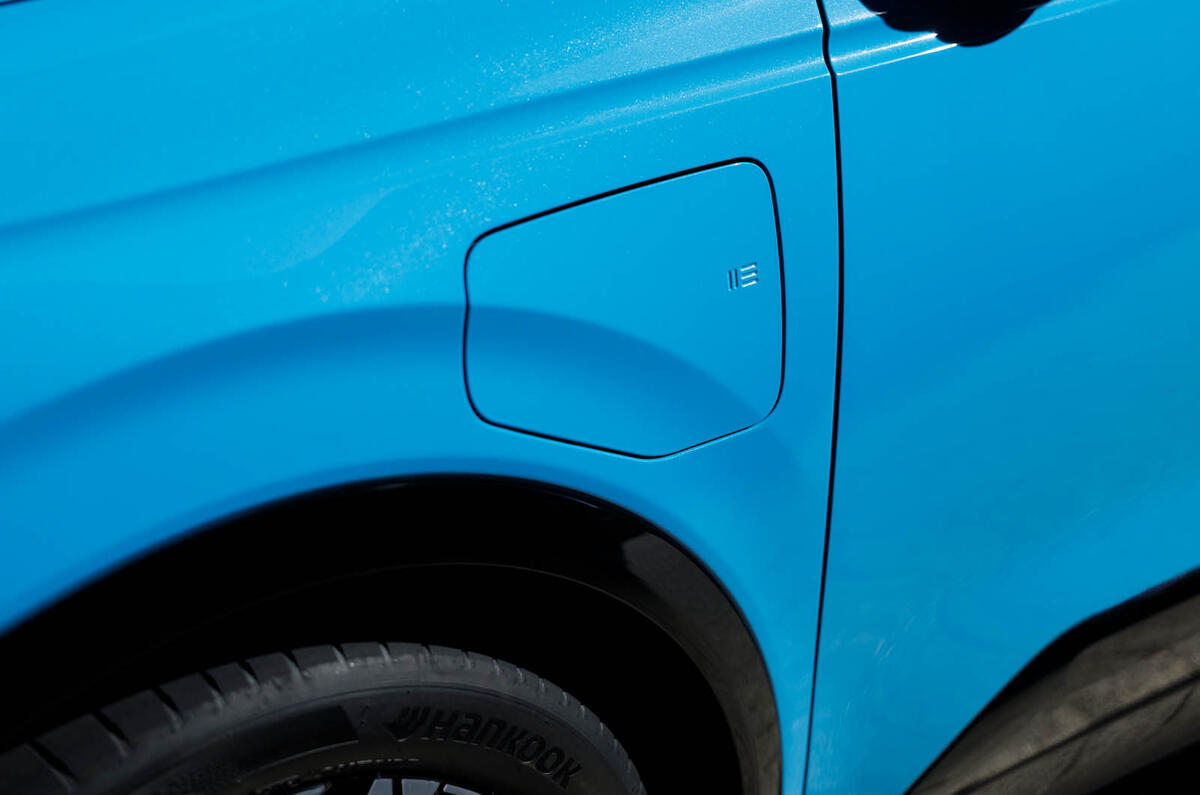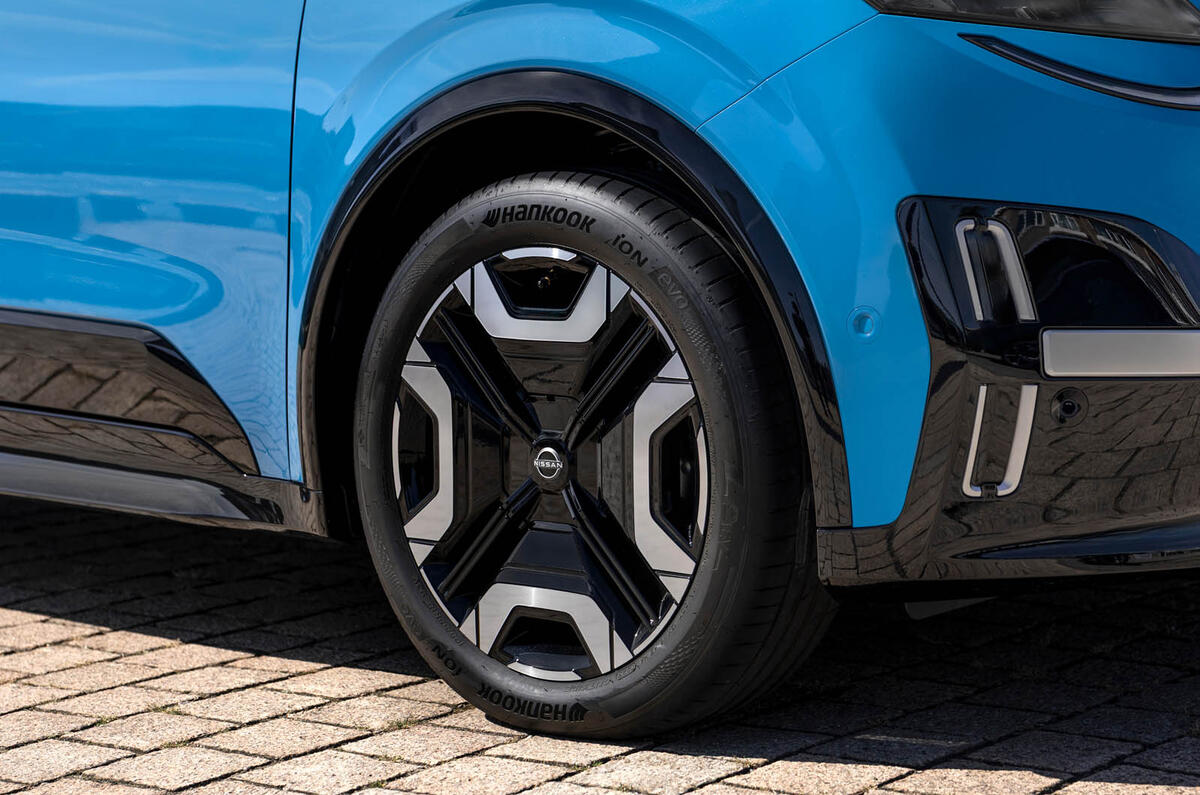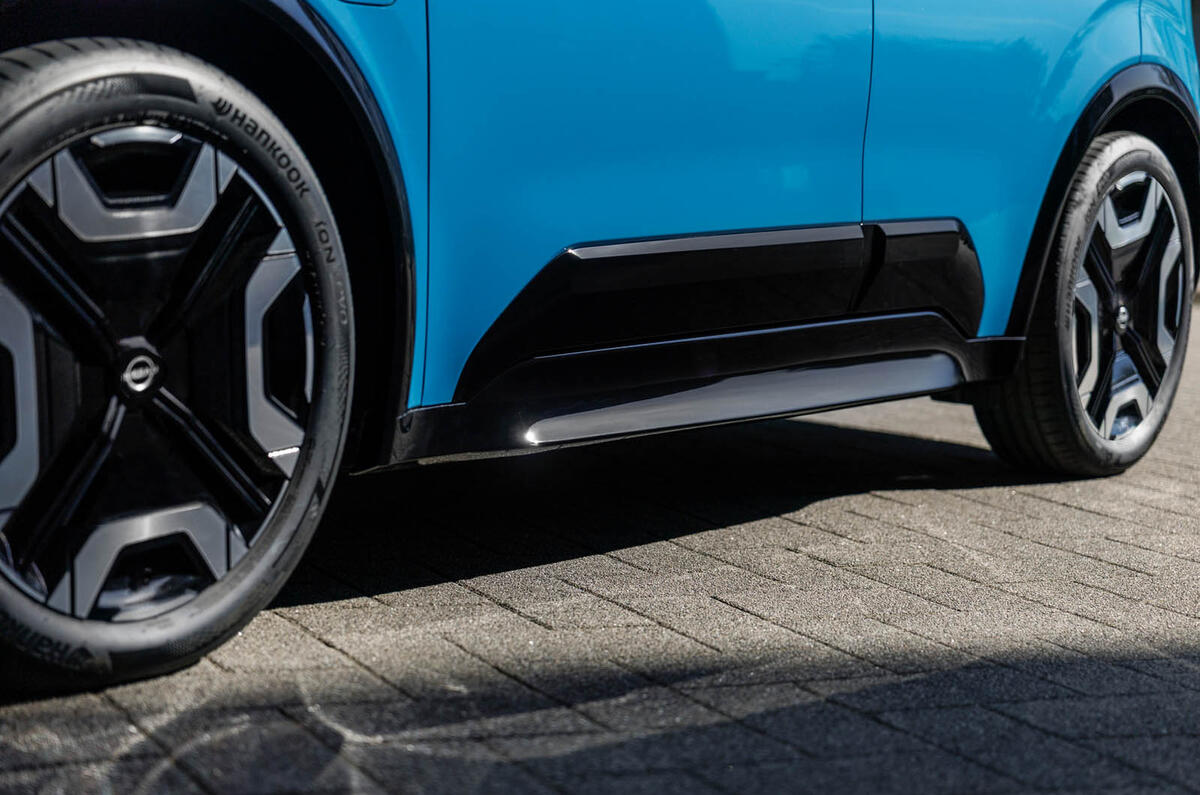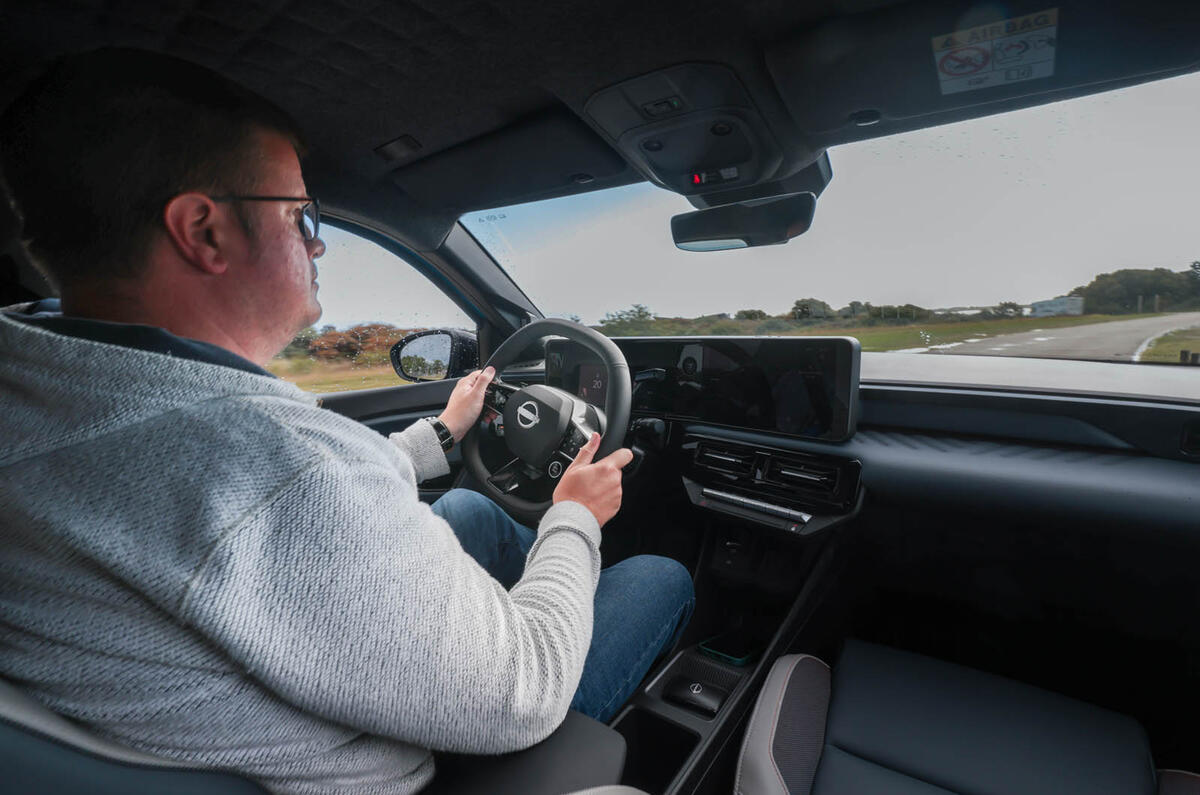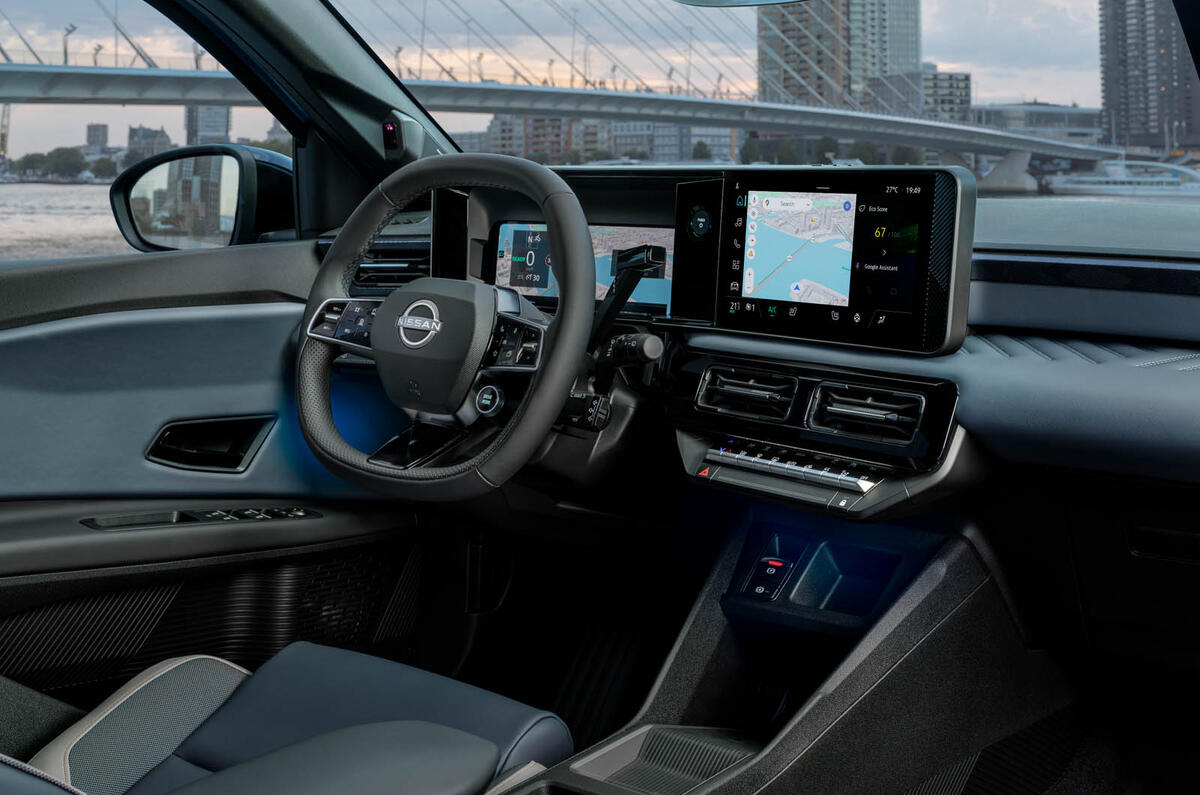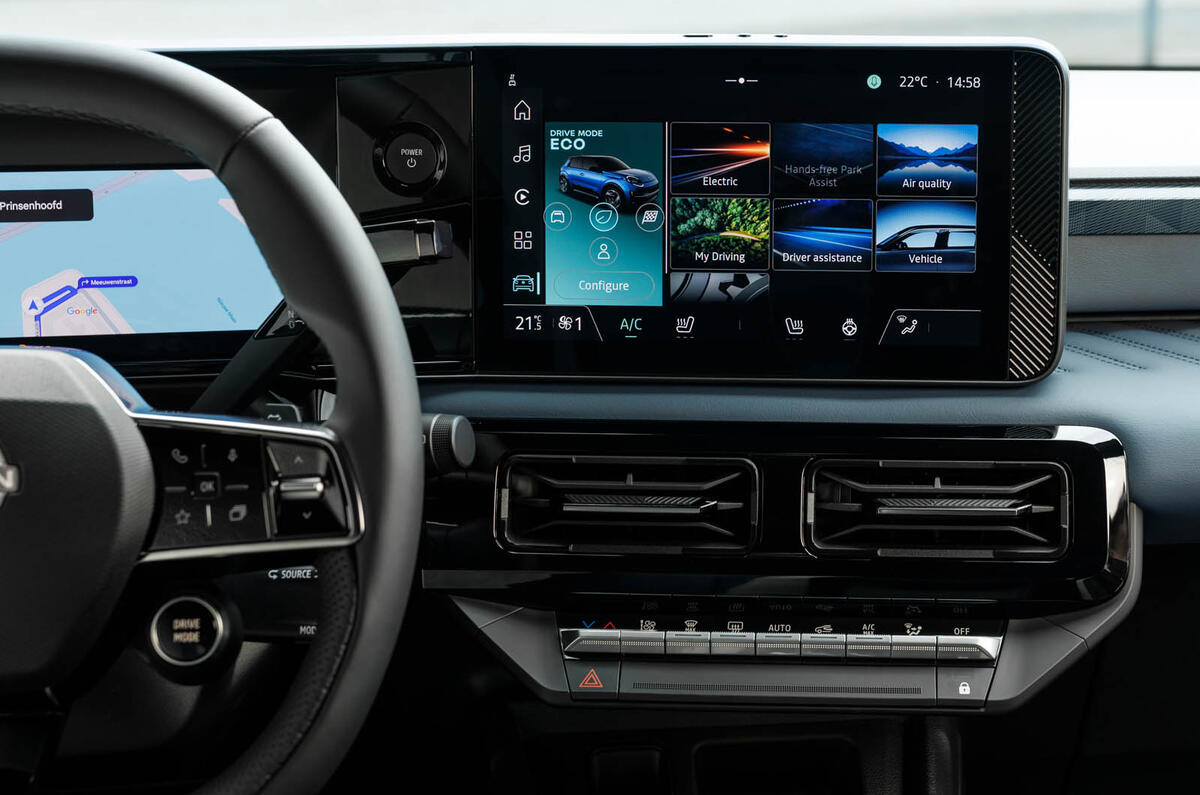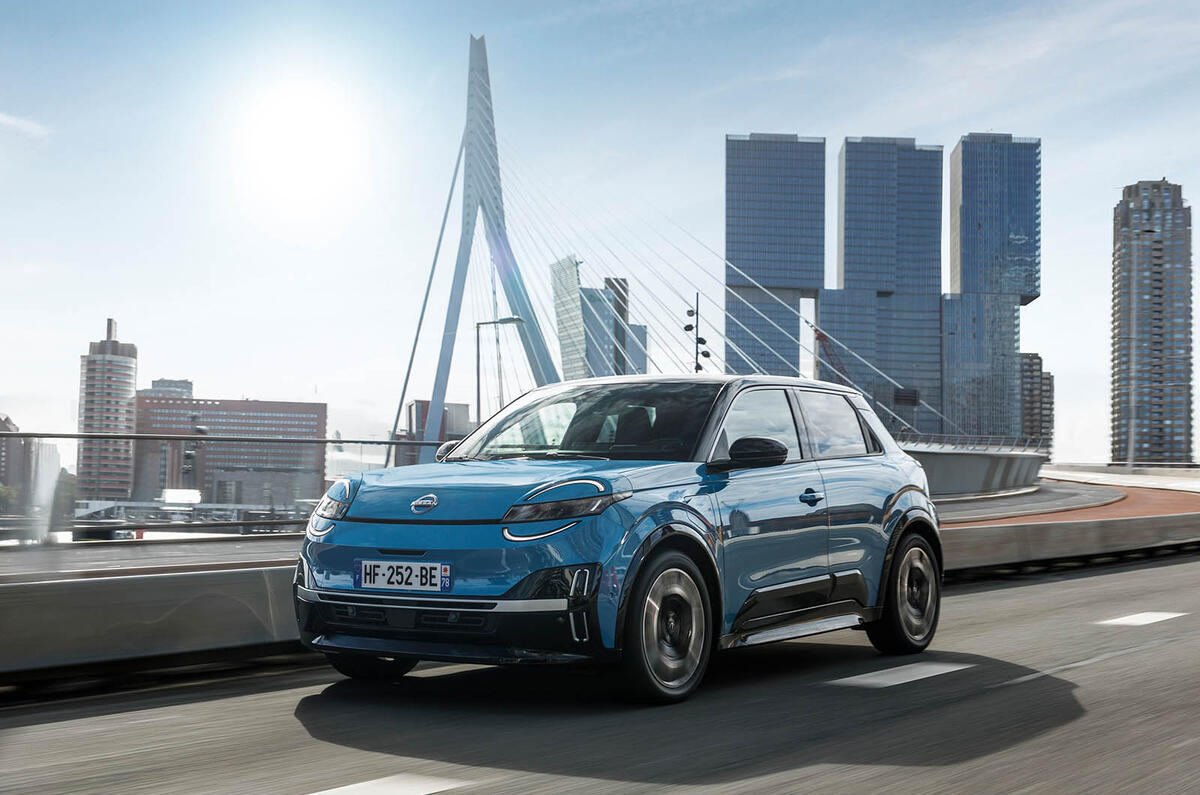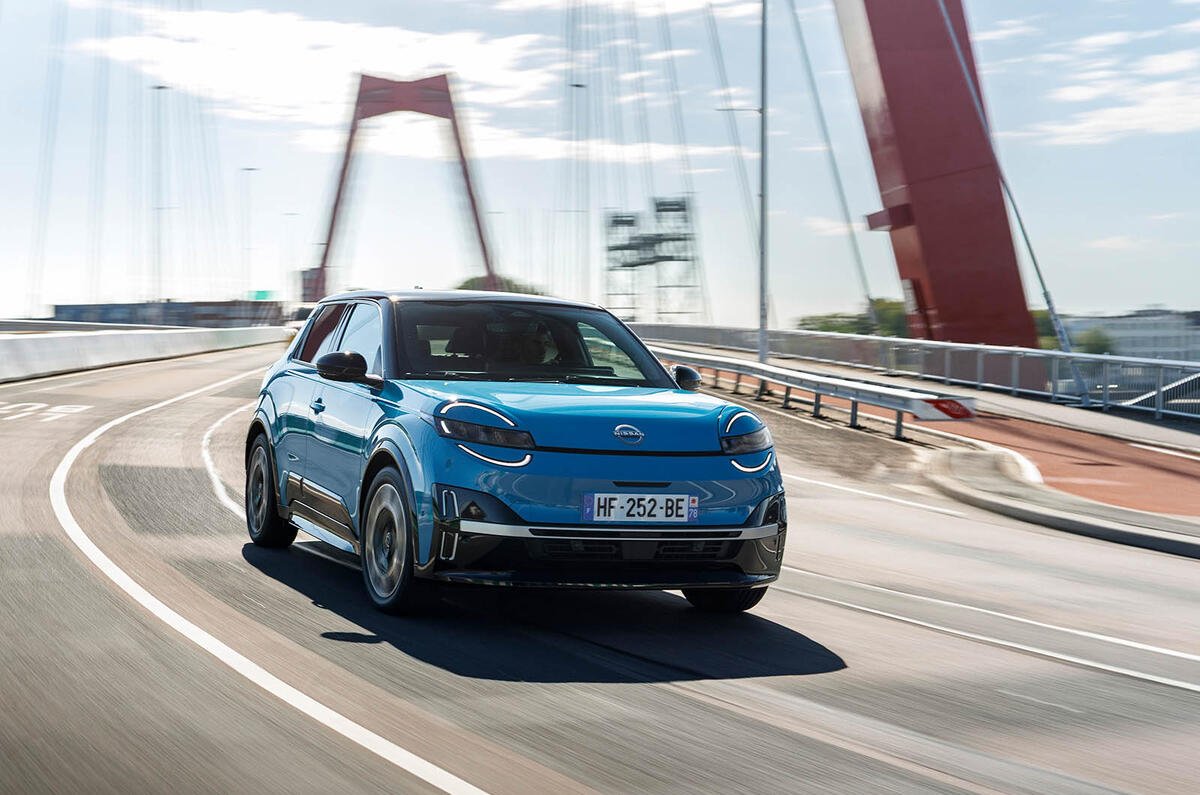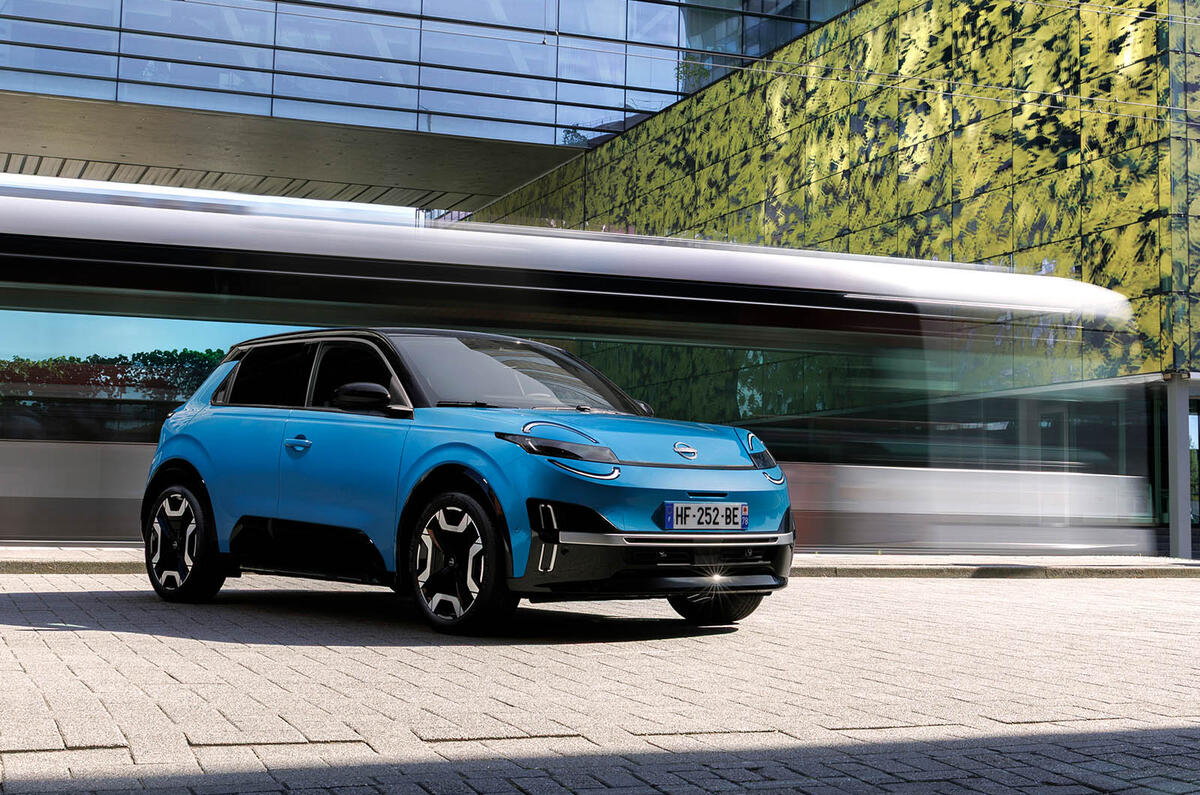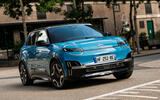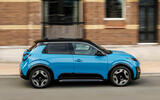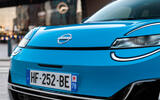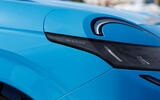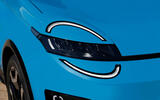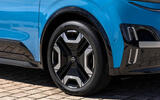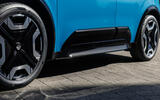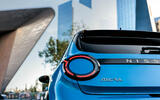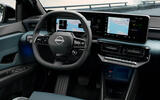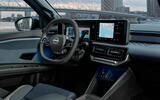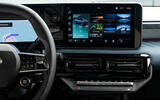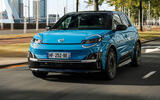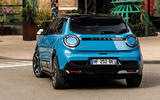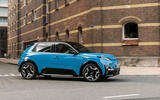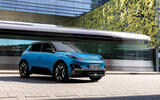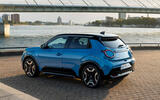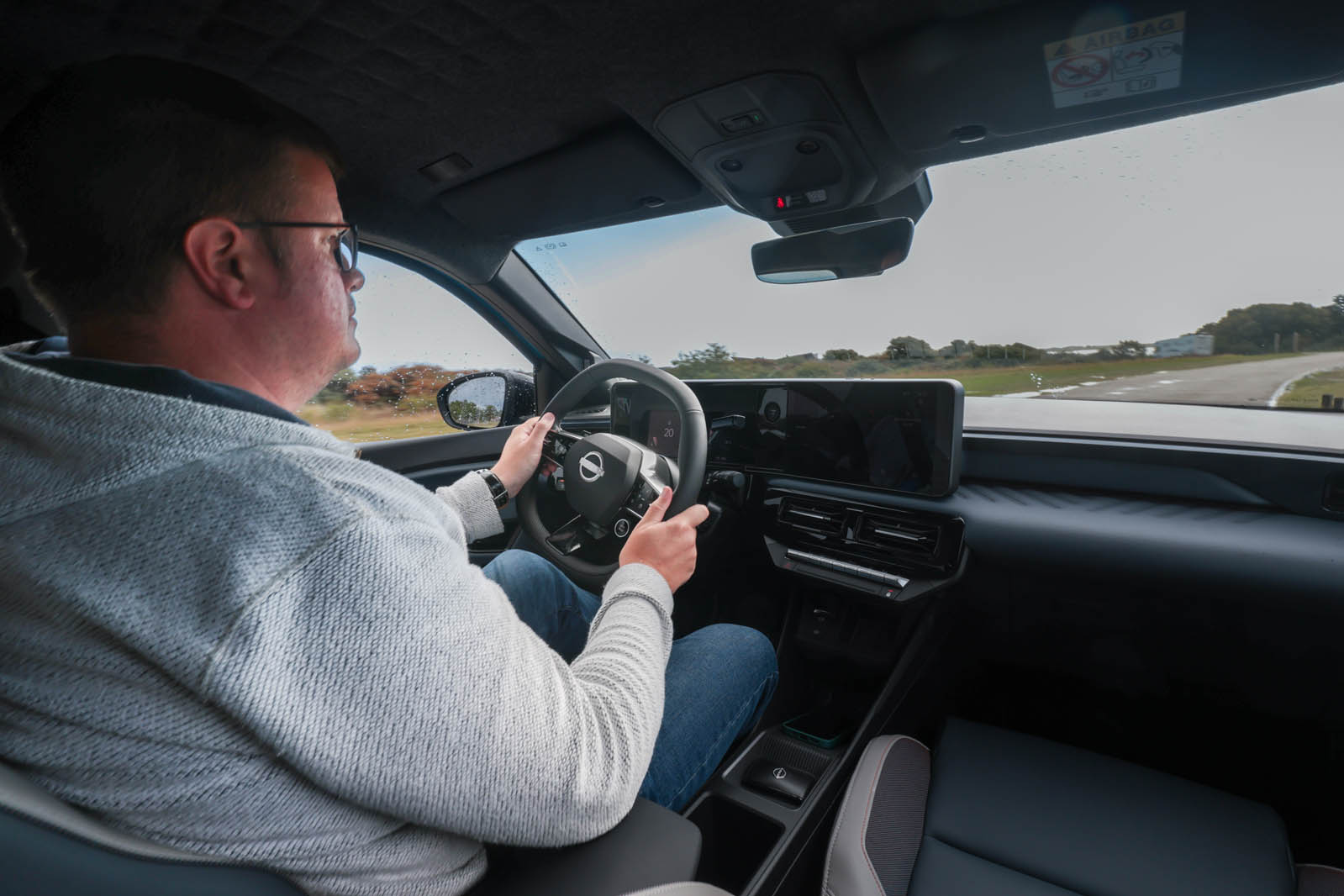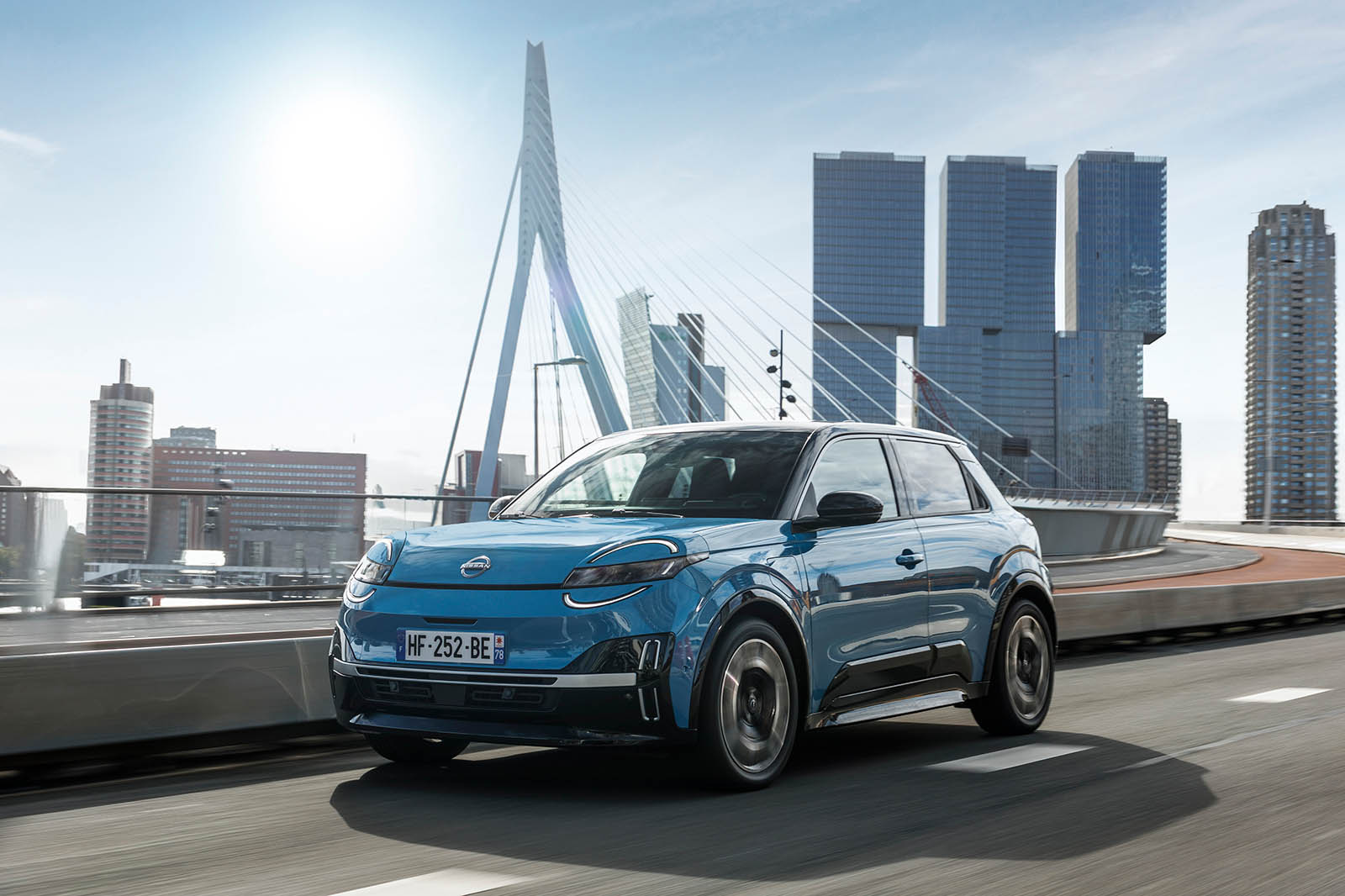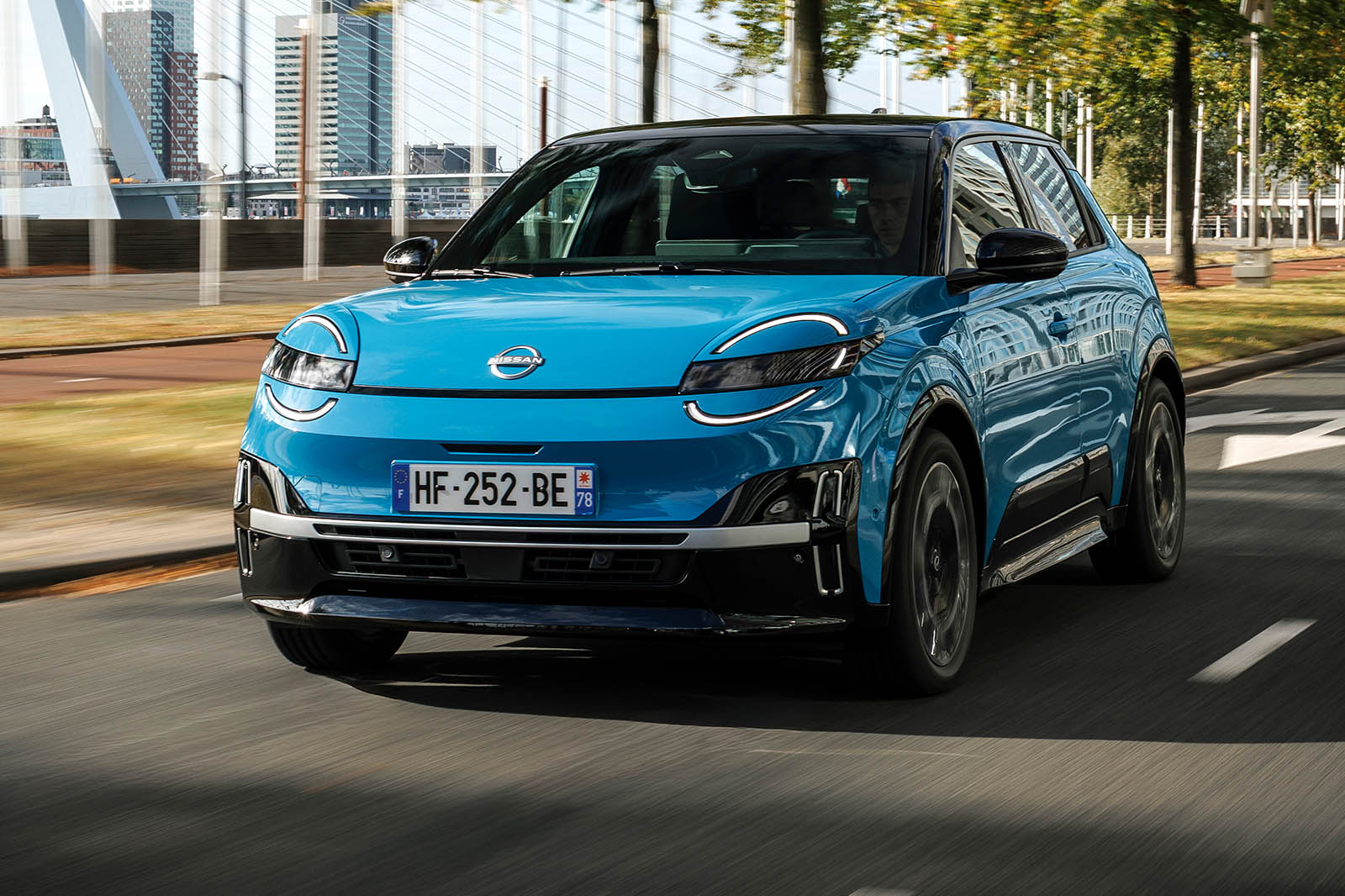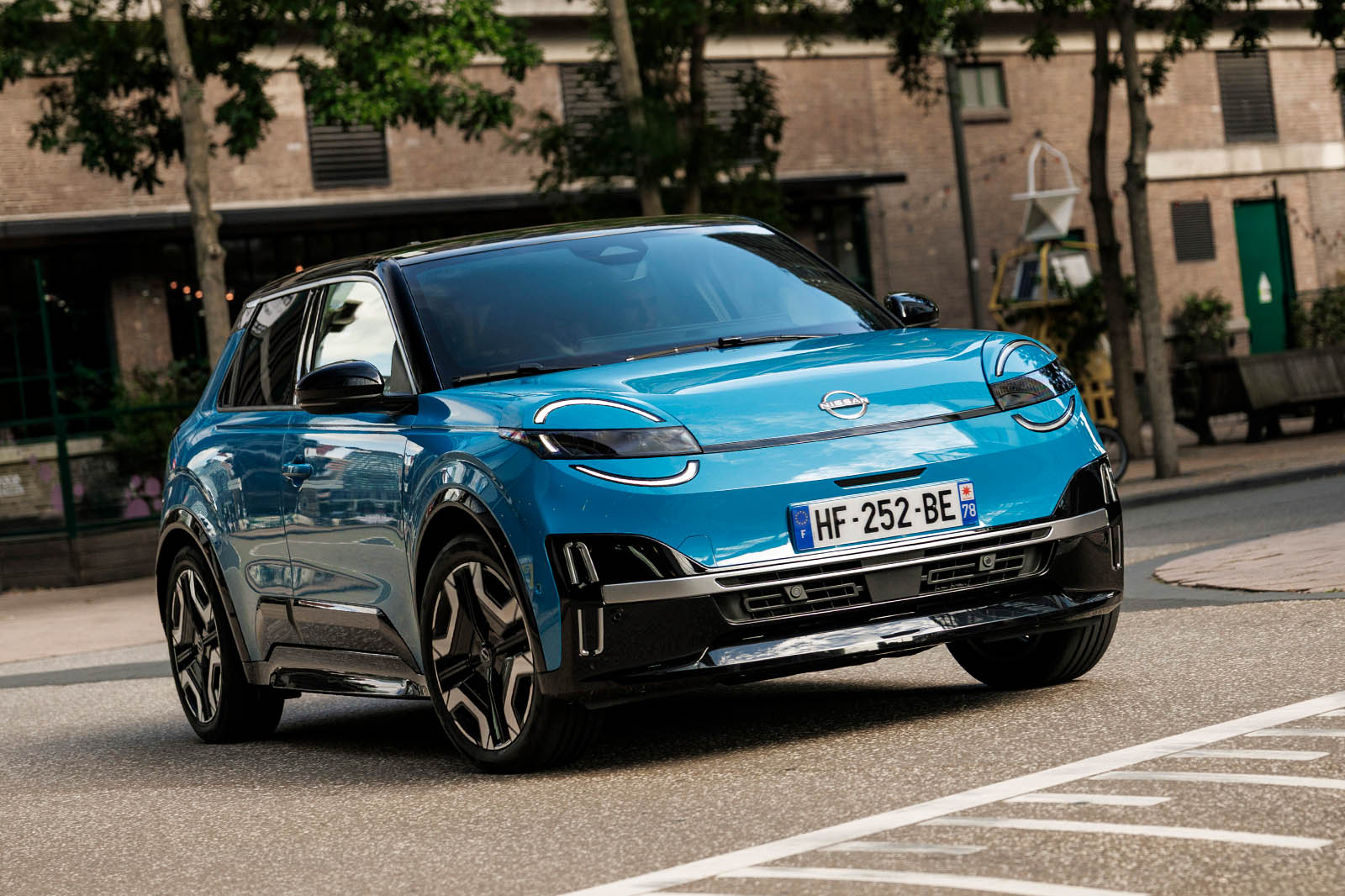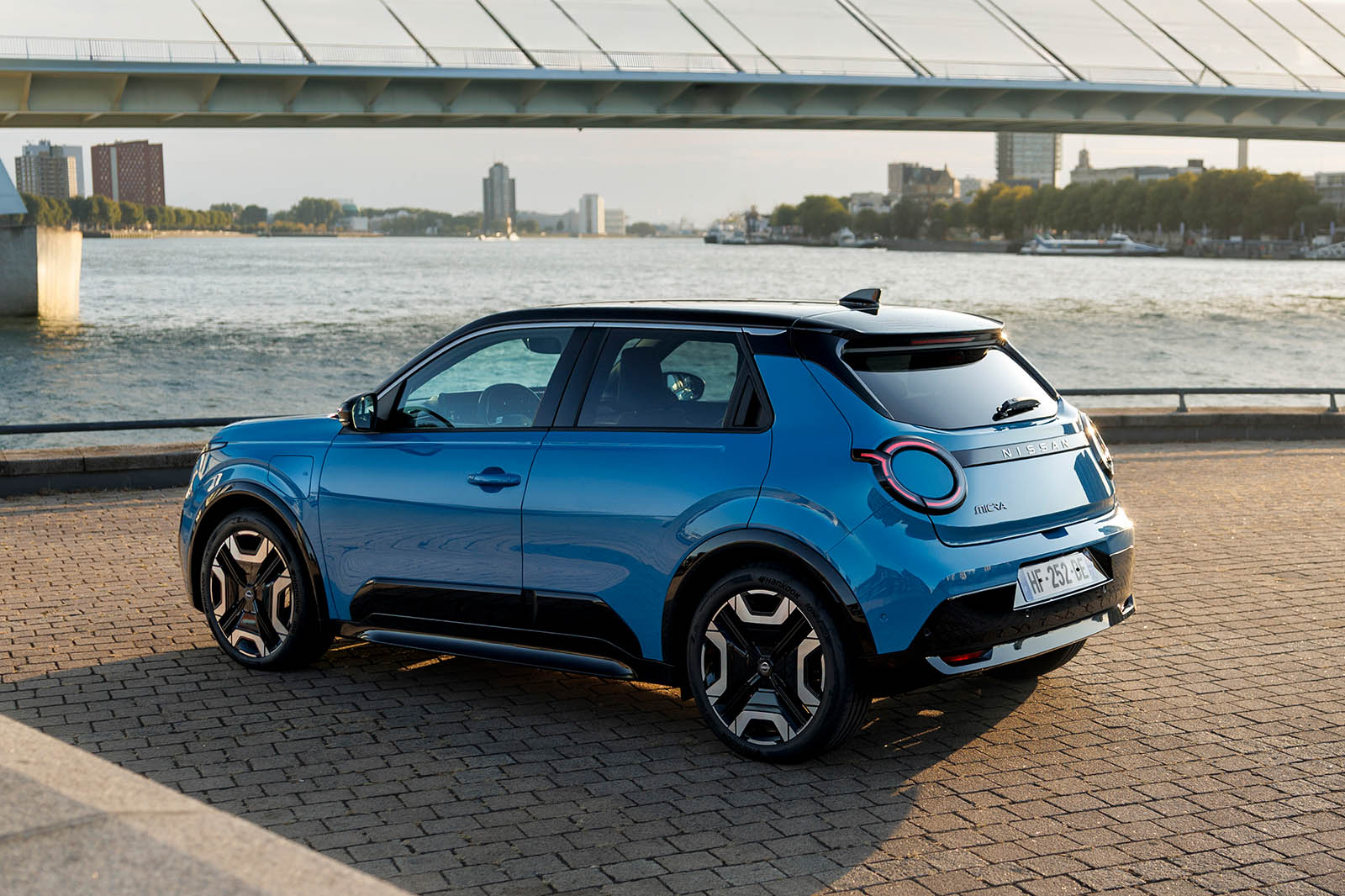That 'audacity' idea was met with scepticism by journalists at the car’s European press launch in Rotterdam. Because - as it might seem, at the very least - all the company has done here is to take a Renault 5, modify the headlights, bumper styling and body surfacing a bit, and slap on some Nissan badges. It admits to having done nothing whatsoever to differentiate the Micra from its sister car ‘mechanically’ - which is to say, with its drivetrain, chassis or suspension hardware or tuning. Doesn’t sound very audacious, does it? Rather the opposite.
To a significant extent, though, the derisory status that move would seem to confer on this car is really the net effect of the car's timing, as much as its particular execution. The Renault 5 came along first; so it’s been made to look like the template and donor car - and not by accident, you have to assume.
But is it really? The Renault’s business case will have relied upon input, and key investment, from Nissan in sharing big fixed costs up front. So it’s absolutely true for Nissan to argue that the 5 wouldn’t exist, as it does and at the price it does, if the new Micra hadn’t become its sister car. That’s just the way the modern, cooperative car business works; even if thinking about this new Nissan in those terms doesn’t excuse all of its failings.
With compact EVs, especially those made in Europe, cost is critical. Better-differentiating the Micra from the 5 would have required more expensive factory tooling, just for starters. But it’s still a conspicuously similar-looking car.
The Renault’s silhouette and D-pillar especially are unmistakable. Nissan claims the distinctiveness of the Micra’s head- and taillights especially, both intended to reference the popular ‘K12’ Micra of 2002, makes for a certain uniqueness of visual character; but it's highly questionable if there's enough of it. Lots of cars on shared platforms managed to be better designed and -distinguished than this.
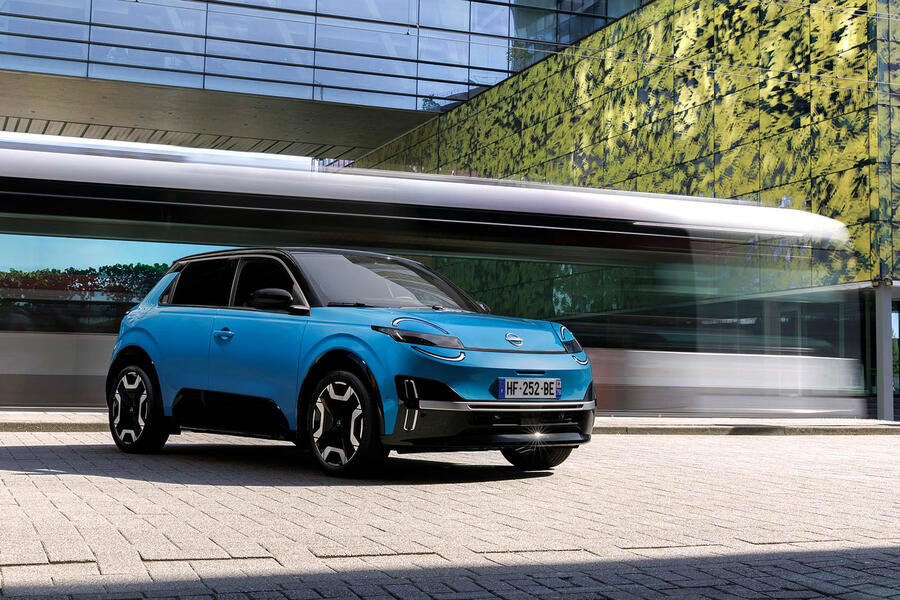
The biggest visual link between Micras three and six is the round front light design. The design team are also proud of the line running down the body side, which they say looks like it has been made by a gelato scoop. It kind of does, to be fair.
Colour is another differentiator between the 5 and the Micra. The Micra has a more monochrome palette of greys and blacks with a dash of red and blue in the exterior design colour options, rather than the much more vibrant yellows and greens of the 5.




